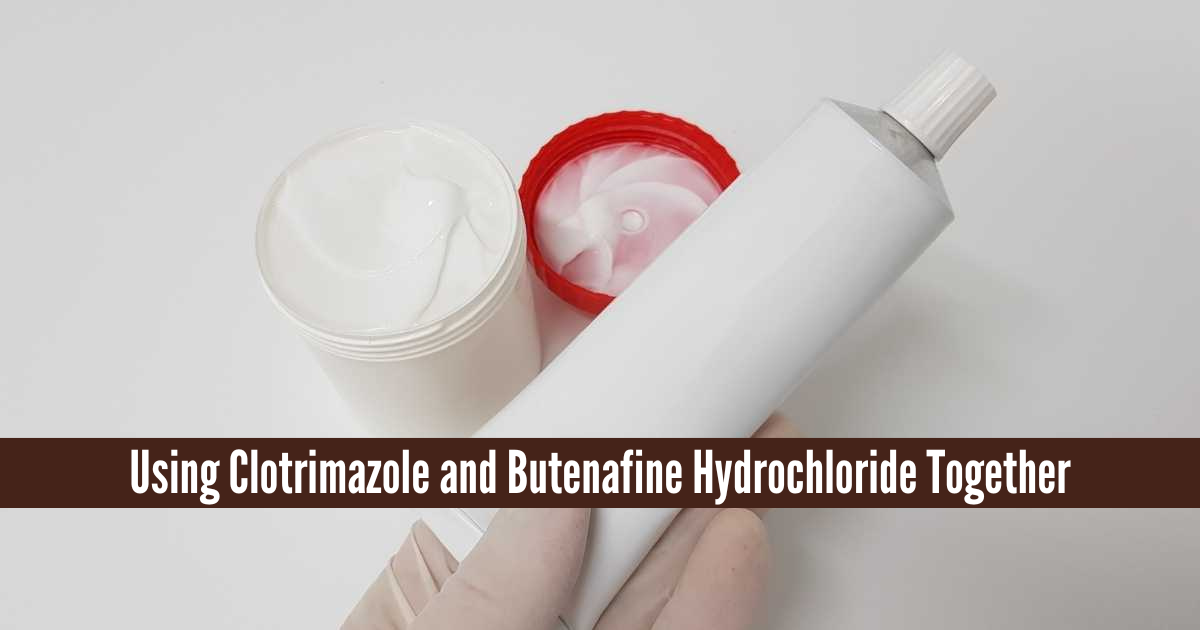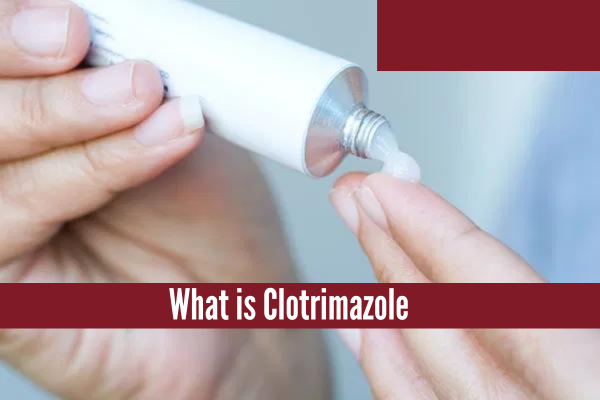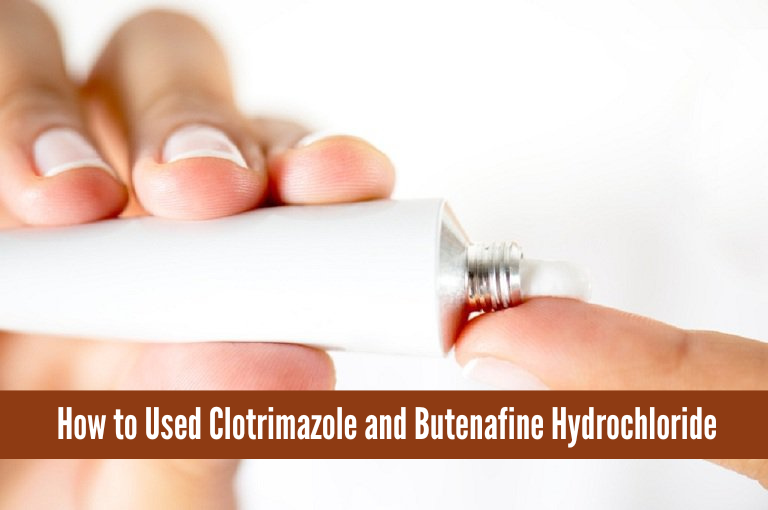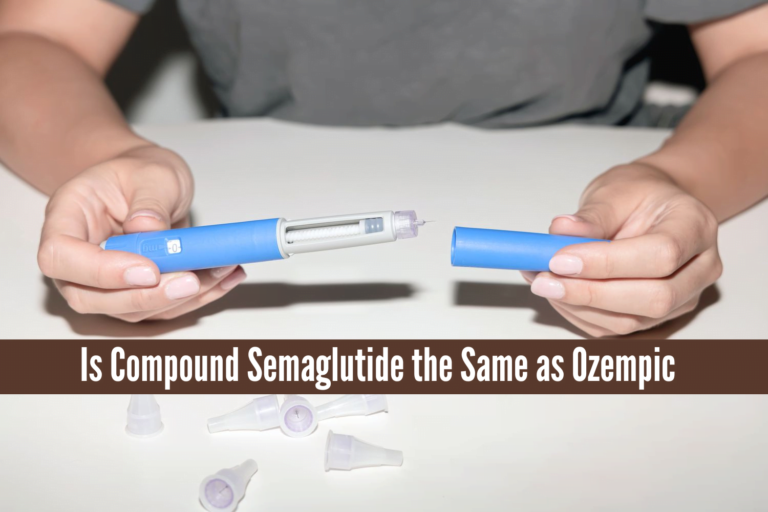Can I Use Clotrimazole and Butenafine Hydrochloride Together?

Are you tired of battling persistent fungal infections on your skin? If you have been wondering whether combining clotrimazole and butenafine hydrochloride can offer a more effective solution, you’re in the right place.
This complete guide will provide exactly the answers you need. We all explore how these two antifungal agents work, their benefits, and whether using them together is a viable option for your skincare routine.
Understanding Fungal Infections
Fungal infections are more standard than you strength think. From athlete’s foot to ringworm, these infections can cause significant discomfort and affect your quality of life.
Certain fungi thrive in warm, moist environments, making your skin an easy target. These infections can be stubborn, often requiring prolonged treatment to eliminate.
What Are Clotrimazole
Clotrimazole is a widely used antifungal medication. It belongs to a class of drugs known as azoles, which work by interfering with the cell membrane of fungi. This interference inhibits the growth and multiplication of the fungal cells, effectively treating the infection.

Clotrimazole is available over the counter in various forms, including creams, ointments, and lotions, making it a convenient choice for many.
What Are Butenafine Hydrochloride
Butenafine hydrochloride, on the other hand, is another potent antifungal agent. It belongs to the allylamine class of antifungals and works by inhibiting an enzyme called squalene epoxidase. This enzyme is crucial for the production of ergosterol, an essential component of fungal cell membranes.
By blocking this enzyme, butenafine hydrochloride disrupts the structure of the fungal cell membrane, leading to the death of the fungus.
How Do These Medications Work?
Mechanism of Action
Both clotrimazole and butenafine hydrochloride target the fungal cell membrane, but they do so in different ways. Clotrimazole inhibits the synthesis of ergosterol by disrupting the enzyme lanosterol 14-alpha-demethylase.
Butenafine hydrochloride, as mentioned earlier, inhibits squalene epoxidase. Despite their different mechanisms, both result in weakened fungal cell membranes, ultimately killing the fungal cells.
Spectrum of Activity
Clotrimazole and butenafine hydrochloride are effective against a wide range of fungi, including dermatophytes, yeasts, and molds.
This broad spectrum makes them versatile options for treating various fungal infections. However, the specific fungi they target can differ, which is why understanding their strengths is essential when considering their combined use.
Benefits of Combining Antifungal Agents
Enhanced Efficacy
Combining clotrimazole and butenafine hydrochloride could enhance antifungal efficacy. By attacking the fungal cell membrane from two different angles, the combination may provide a more comprehensive approach to eradicating stubborn infections.
This dual action could be particularly beneficial for individuals with chronic or recurrent fungal infections.
Reduced Resistance
Fungal resistance to antifungal medications is a growing concern. Using two antifungal agents with different mechanisms of action could reduce the risk of resistance.
Fungi would need to simultaneously develop resistance to both medications, a much less likely scenario compared to using a single agent.
Greater Coverage
As mentioned earlier, clotrimazole and butenafine hydrochloride have slightly different spectrums of activity.
By combining them, you may achieve broader coverage against a variety of fungi. This can be especially useful in cases where the specific type of fungus causing the infection is unknown.
Potential Risks and Side Effects
Skin Irritation
While combining clotrimazole and butenafine hydrochloride may offer enhanced efficacy, it’s important to consider the potential for increased skin irritation.
Both medications can cause side effects such as redness, itching, or burning. Using them together could exacerbate these symptoms, making it crucial to monitor your skin’s reaction closely.
Allergic Reactions
Although rare, allergic reactions to antifungal drugs can occur. Symptoms may include rash, swelling, or difficulty living.
If you experience any of these symptoms while using clotrimazole, butenafine hydrochloride, or both, discontinue use immediately and seek medical attention.
Drug Interactions
Before combining any medications, it’s essential to consider possible drug interactions.
While topical antifungal agents are less likely to interact with systemic medications, it’s still a factor worth discussing with your healthcare provider. They can provide personalized advice based on your medical record and current drug regimen.

How to Use Clotrimazole and Butenafine Hydrochloride Together
Consult a Healthcare Professional
Before starting any new treatment regimen, consult a healthcare professional. They can assess your specific situation and guide you on whether combining clotrimazole and butenafine hydrochloride is appropriate for you.
They can also recommend the proper dosages and application methods to minimize the risk of side effects.
Application Guidelines
If your healthcare provider approves the combined use of clotrimazole and butenafine hydrochloride, follow their instructions carefully.
Typically, you would apply each medication to the affected area as directed, ensuring you allow enough time between applications for each drug to be absorbed fully.
Monitoring Progress
Keep track of your skin’s response to the treatment. Note any changes in the appearance of the infection, as well as any side effects you may experience.
Regular check-ins with your healthcare provider help ensure the treatment is working effectively and allow for any necessary adjustments.
How Should Clotrimazole and Butenafine Hydrochloride Be Stored?
Proper storage of clotrimazole and butenafine hydrochloride is crucial to maintain their effectiveness. Both medications should be kept at room temperature, away from direct sunlight and moisture.
Ideal storage conditions typically range between 20°C to 25°C (68°F to 77°F). It is important to ensure that the medications are stored in their original containers, tightly closed, and out of reach of children and pets.
Avoid storing these medications in areas such as bathrooms or kitchens, where humidity may affect their stability. Always check the expiration date before use, and dispose of any expired products appropriately.
Alternatives to Combining Antifungal Agents
Single-Agent Treatment
In many cases, a single antifungal agent may be sufficient to treat your fungal infection. If you have a mild or uncomplicated infection, using either clotrimazole or butenafine hydrochloride alone may be an effective and simpler option.
Natural Remedies
Some individuals prefer to explore natural treatments for fungal infections. Opportunities such as tea tree oil, garlic, and apple cider vinegar have antifungal properties.
While these remedies may not be as potent as pharmaceutical agents, they can be a gentle alternative for mild infections.
Prescription Medications
In cases of severe or resistant fungal infections, your healthcare provider may prescribe stronger antifungal medications.
These could be in the form of oral tablets or more potent topical treatments. Prescription medications typically offer a higher likelihood of success for difficult-to-treat infections.
Conclusion
Combining clotrimazole and butenafine hydrochloride could be a powerful strategy for treating stubborn fungal infections. However, it’s essential to consult a healthcare professional before starting this or any new treatment regimen. By understanding how these medications work and considering the potential benefits and risks, you can make an informed decision about your skincare routine.
If you’re ready to explore more about antifungal treatments or need personalized advice, don’t hesitate to reach out to a healthcare provider. They can help you achieve healthy, clear skin and guide you on your skincare journey.
Frequently Asked Questions
Can I Use Clotrimazole and Butenafine Hydrochloride Together?
Consult your healthcare provider before combining these medications. They can provide personalized suggestions based on your specific situation and medical history.
Are There Any Side Effects?
Both medications can cause side effects such as skin irritation or allergic reactions. Monitor your skin’s response and discontinue use if severe side effects occur.
How Long Does Treatment Take?
The duration of therapy varies, depending on the severity of the infection. Follow your healthcare provider’s instructions for the best results.





